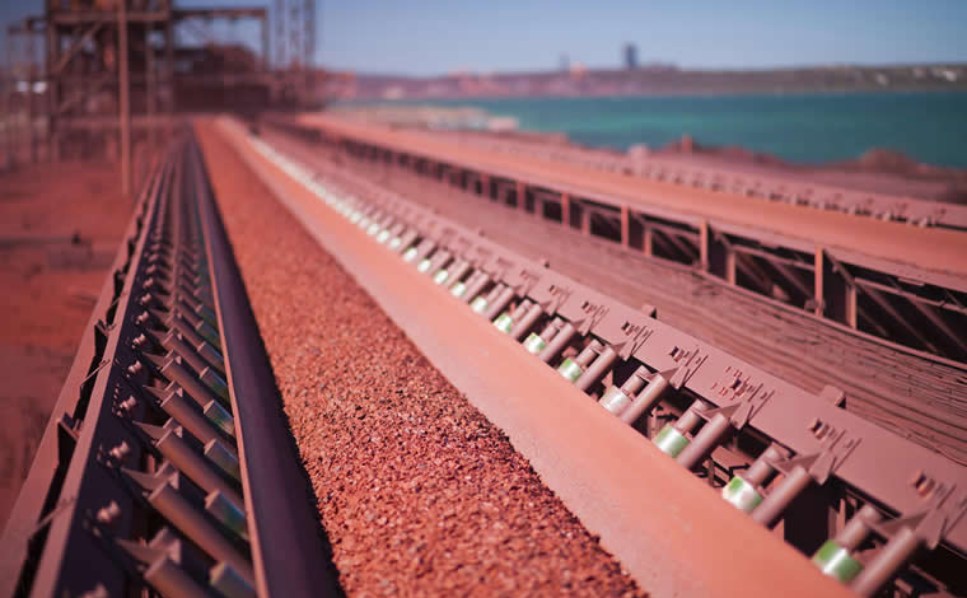In fact, without iron, it’s likely you would not be able to read this article as it has undoubtedly been used in one form or another in the production or delivery of this publication.
Such is the importance of the material that the relative level of development of human society has been measured by whether it had learned to refine iron or not, giving rise to the period in history we know as the ‘Iron Age’.
Little wonder, then, that more than two billion tonnes of iron oreare mined, processed and shipped every year. Most comes from China, Australia and Brazil, although substantial deposits are also found in India, Russia, Ukraine and South Africa. Australia and Brazil are the biggest exporters of iron ore.
Technological advances
Extracting the metal from the earth is a process that’s been refined over the centuries, but essentially it involves mining the rock, separating the ore out by crushing it, and smelting the iron out of the ore by heating it up.
After mining, the ore body is crushed and screened into different sizes, which frees some of the ore from the impurities. It can then be fed into a beneficiation plant to remove more impurities before being mixed with coke and limestone in a blast furnace.
Huge quantities of air are blown on to this mixture at the base of the furnace to heat it. Liquid iron collects at the bottom and is then tapped off and allowed to cool into what is known as pig iron, an intermediate material in the steelmaking process.
This is the iron found in most metal products we use today. But because it is too hard and brittle to be of much use, it is alloyed with a range of different elements to improve its strength, hardness and elasticity – and therefore its versatility.
By far the most widely used iron ore product is steel, made by combining pig iron, scrap steel and limestone and heating them to around 1,700°C.
Alloying elements are then added to form steel.
Its properties and relative low cost mean steel itself accounts for more than 90 per cent of all metal used each year. Steel is used in an array of applications from construction and automobile industries, to cutlery and kitchen equipment, to surgical implements, and the aerospace industry.
Although China continues to be the main driver of steadily increasing steel production, new markets are appearing in south-east Asian emerging economies. Global demand for high-quality iron ore is set to increase with expanding steel output, which is expected to double by 2050.
Highly prized
In 2013, iron ore accounted for nearly half our underlying operating profit. Our Kumba Iron Ore business operates three mines in South Africa, including Sishen, one of the largest open-pit mines in the world at 11 kilometres long, 1.5 kilometres wide and 400 metres deep. It produces some of the world’s finest-grade iron ore with a high level of iron content in the rock relative to impurities.
The ore’s properties of hardness, rigidity and resistance to breaking down in transport, combined with our ability to produce iron ore tailor-made to suit a particular steel mill’s requirements, means that it is highly prized by steel plants and commands a higher market price as a result.
Our largest current capital project is Minas-Rio in Brazil. The project in its first phase is expected to produce around 26.5 million tonnes of iron ore per annum. The first iron ore shipment from Minas-Rio is expected by the end of 2014. Around half of its exports are destined for Asia and the other half to the Middle East.
Find out more about our iron ore business here.


